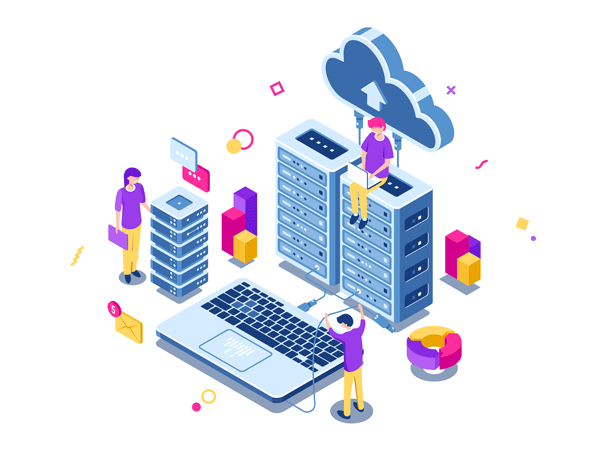Data mining is the process of discovering hidden patterns, trends, and relationships in massive data sets. It is often associated with extracting valuable knowledge from seemingly chaotic data. To better understand its importance, let’s consider some real-world examples:
1. Electronic Commerce
Online stores collect data about customers’ purchases, from what products they view to when they abandon the shopping cart. Data mining allows companies to identify purchasing patterns, personalize recommendations, and optimize pricing strategies.
2. Medicine
In healthcare, massive data sets are used to identify disease risk factors, predict epidemiological outbreaks, and develop personalized treatments.
3. Finance
Banks and financial institutions use data mining to detect fraud, assess credit risk, and make investment decisions based on market analysis.
4. Marketing
In digital marketing, data from advertising campaigns is analyzed to understand which strategies generate the best return on investment (ROI) and which ones need adjustments.

